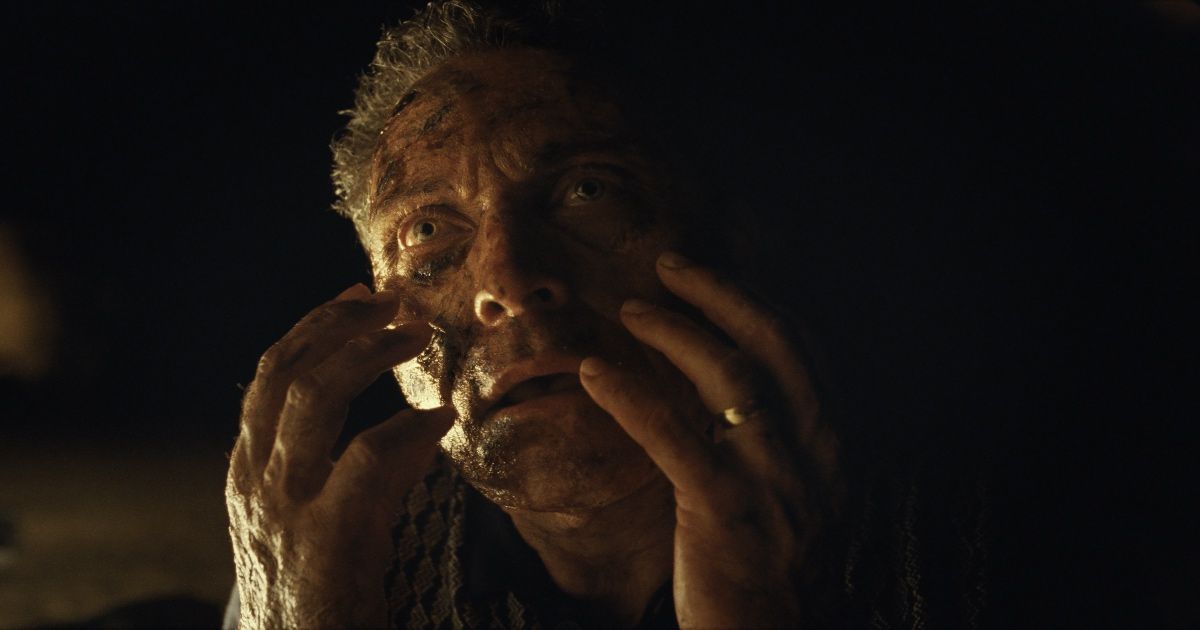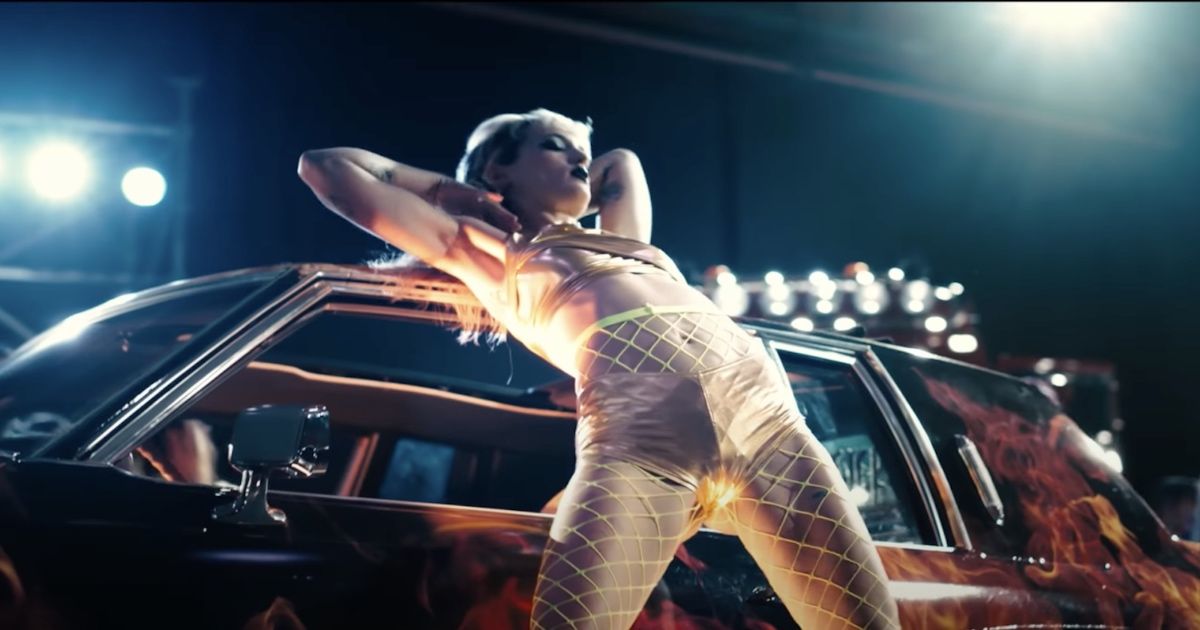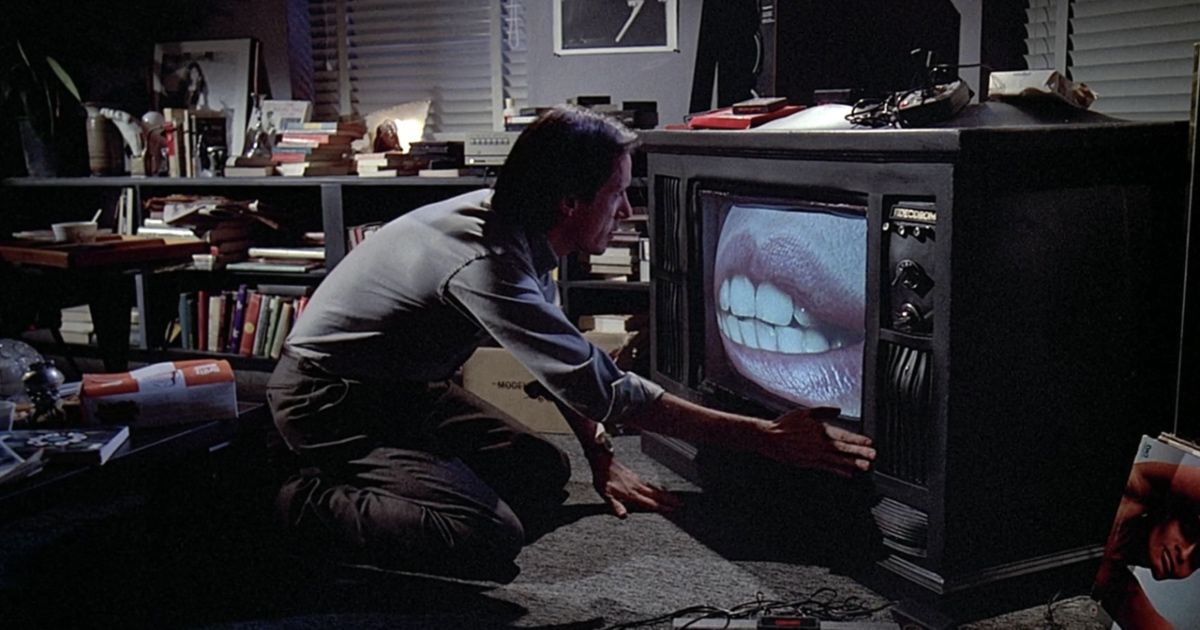Horror movies have always been a genre that allows us to delve into our deepest and darkest fears, but the subgenre of body horror can actually be more meaningful and create more of a reaction than the typical hiding behind our cushions. Chilling body horror films typically involves the mutation, disfigurement, and unsettling configuration of the body and can play on the primal fear of bodily transformation, or being disturbed by one's own body.
In particular, this might be specifically relevant to the transgender community and anyone suffering with gender dysphoria. Fear about body transformation for trans people can often stem from changes like puberty and can create the feeling of loss of control in the self. The underrated horror genre, in this sense, can convey the feeling of this fear through disturbingly visceral images of physicality while simultaneously opening opportunities for empowering narratives and allow for conversations of the struggles for queer communities to be instigated.
For those who are unaware of the dehumanizing feelings that can be caused during the transgender experiences or even just want to learn more about it, body horror can be extremely relevant to their experiences and may also create a space for people to discuss their personal struggles. These films can allegorically shine a light on the difficulties of every day life for trans, non-binary, and genderqueer communities. To raise awareness, elucidate the transgender experience and gender dysphoria and ultimately validate their struggles and feelings, there's no better way to advocate it than through body horror.
Exploring Trans Identity in Body Horror
Body horror movies are about the connection one has with both one's body and society. They explore the openness of gender itself and what it means to be in control of your own body. As our bodies change through various stages in our life, everyone always wants their body to be perceived the way that they want to see themselves. For transgender people, this may be an extreme struggle, as they often feel out of control of their own bodies.
Their bodies are challenged by the societal expectations and binary notions of gender and what they should be; body horror explores this by showing people completely out of control of the transformations that their bodies are undergoing. This subgenre of horror offers an eye-opening experience of the ability to move beyond traditional understanding and expectations of our bodies and gender. It allows us to question ourselves and our society about what it would feel like to experience gender dysphoria and your body changing beyond your control.
When viewing body horror, it may create a sense of belonging and connectivity, and validate the feeling of being concerned with their bodies. To see the way that body horror presents body transformations opens space for exploring private thoughts and uncertainties about your own transformations.
Body Horror and Struggles From Within
By all means, there is horror from watching such disturbing bodily changes and configurations, but for the transgender community the biggest horror is from within themselves, as something completely unknown challenges the very nature of not just what you look like, but who you are. For example, the movie Old shows how disturbing it is to experience your body feeling like a foreign object to you and explores tumors, infections, and all the physical changes that could happen to our bodies.
It allows people struggling with body dysphoria to evaluate their feelings and concerns of being stuck in a body you feel isn't natural; as well as conveying an important message to the heteronormative part of society. In doing so, its audience is able to participate in a reality that is close to that of a trans viewer. Ask yourself: what would you do if your body didn't feel like your own?
The feeling of disconnection to your own body is exactly what body horror explores. This sub-genre is the perfect opportunity for people to face their fears head on and confront their reality. This might be empowering for some, where they feel as though they can take charge of their own skin and understand that they do not have to be ruled by its changes, that they're not that uncontrollable. Body horror and their trans narratives can then assist trans viewers to learn to distance themselves from their bodies and allow them to look at themselves as just simply human, and that our gendered society does not define who they are.
Taking Control of the Body Horror
Although body horror movies are extremely disturbing to view, they become incredibly important by revealing things we might not necessarily want to see, essentially forcing us to face our society and our expectations of people, as well as our expectations of ourselves. Not only can we control our bodies, but body horror shows us that others are not able to control us, that we are the only ones who should be able to take charge of our skin.
For transgender experiences and gender dysphoria, body horror is an essential kind of catharsis in changing the relationship that exists between our minds and bodies, as well as society and our bodies. These films are all part of great trans cinema and LGBTQ+ films, and are concerned with the same concept: how we react to our perceptions of gender, sex, and the body. They are hopefully opening eyes and changing lives, and if you're interested in learning more about the importance of the transgender community, then body horror might just be the perfect answer.




.jpg)